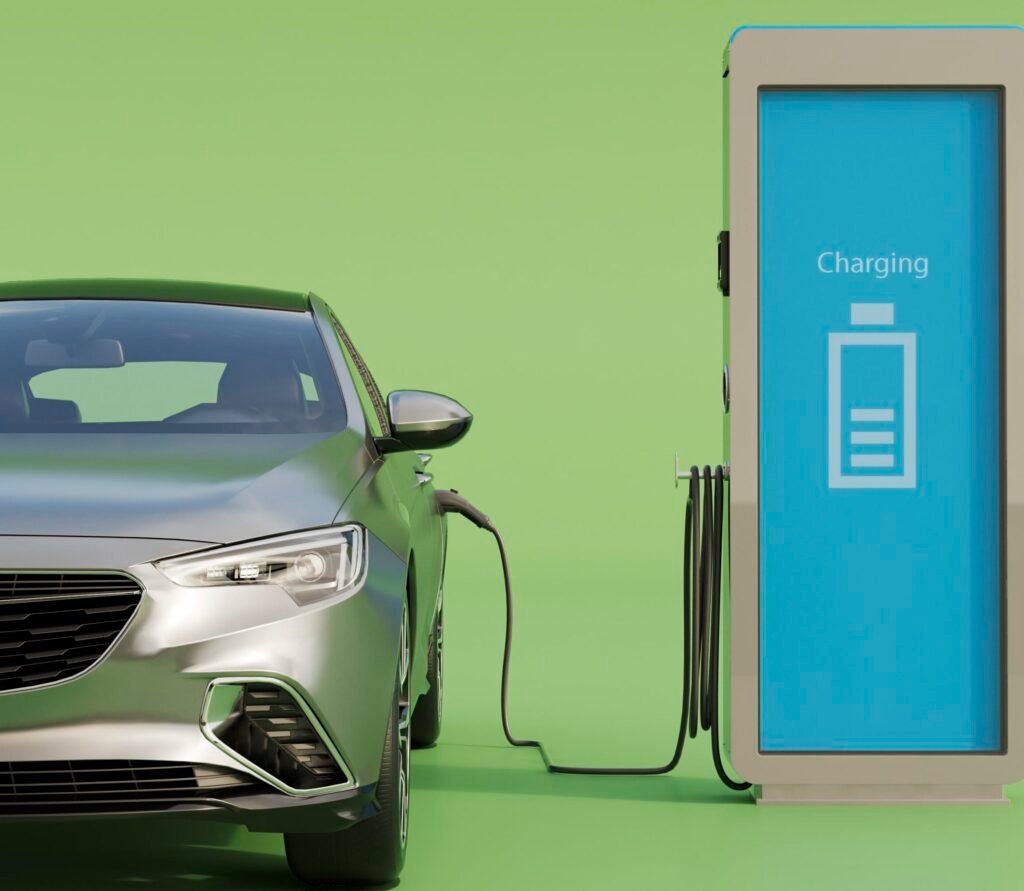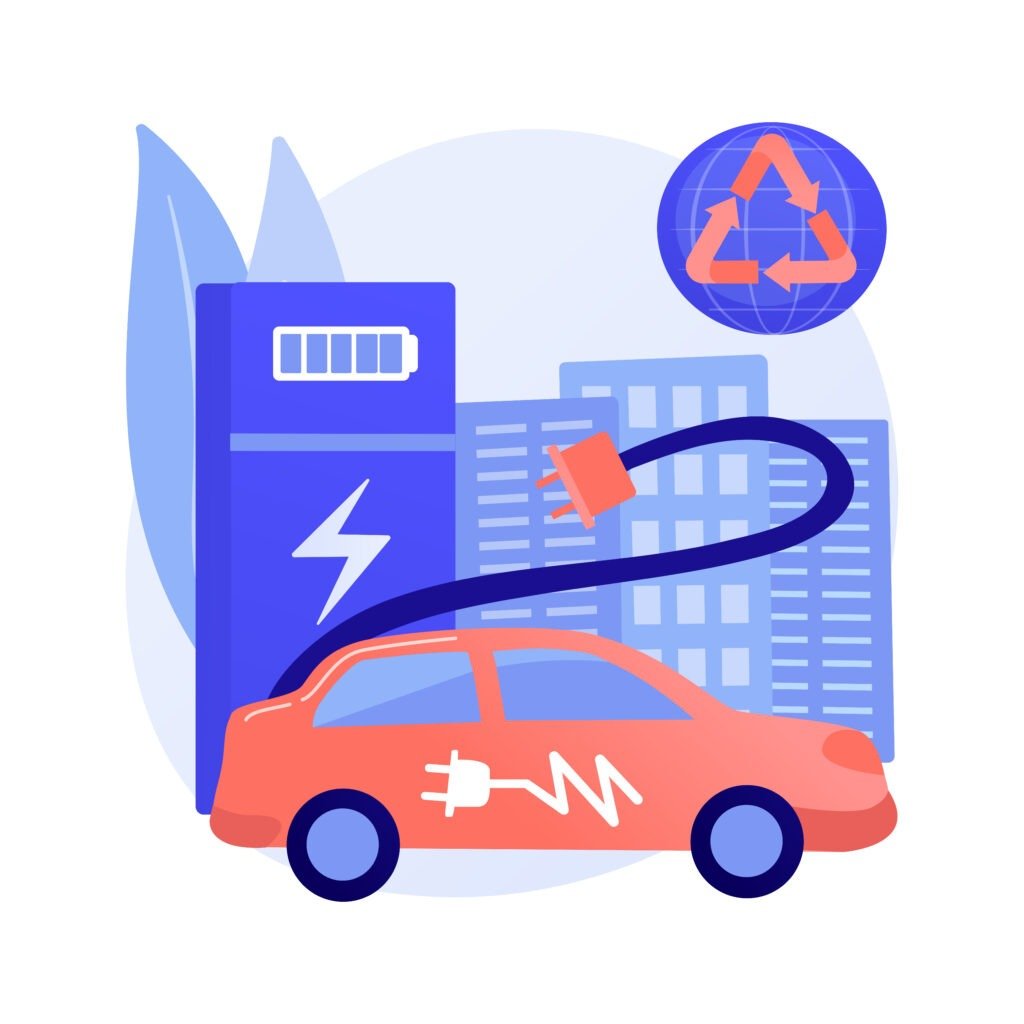Table of Contents
ToggleIntroduction
Electricity is now becoming the 4th basic necessity of the mankind after food, clothes & shelter. Its demand/consumption is increasing continuously at an exponential rate. It compels electricity utilities to expand their infrastructure to supply reliable and quality power to customers.
Consequently, day by day, the power system is becoming giant & complex. To built, operate & maintain such giant & complex power system is a big challenge and hence, now it became inevitable for all the segment of power system – Generation, Transmission & Distribution – to go for some solution which makes easier the installation, operation and maintenance of the power network and at the same time it should help in energy management including integration of renewable energy, data communication, information analysis, asset management and CO2 free energy as well.
The solution is Smart Grid.
What is Smart Grid ?
The definition of Smart Grid varies but the meaning is same.
A “smart grid” is an electric power delivery system that stretches from point of generation to point of consumption integrated with advanced communications and information technology. All equipment and devices in a smart grid are connected by sensory elements to form a complete power network. The information is integrated and analyzed to optimize power resources, reduce costs, increase reliability, and enhance electric power efficiency.
A smart grid is also an intelligent automated system for monitoring the flow of electricity and making the distribution of electricity more efficient.
NEMA (The National Electrical Manufacturer’s Association) defines it as ‘the addition of monitoring, analysis, control and communication capabilities to the national electrical delivery system to maximize the throughput of the system while reducing energy consumption’.
Smart Grid in Electricity Transmission
Power transmission business is efficient compared to generation & distribution but still it has enough scope of improvement and it can be made further more efficient by introducing smart grid technologies. The next portion of the paper focuses on smart grid in transmission.
Smart Grid Components for Transmission
Smart grid is an evolving concept and its application for improvement is resulting with new technologies. Some of them, which are currently deployable, are as follows:-
- SCADA – Automation System &Digital Sub Station
- PMUs & WAMS
- OPGW and FOTE
- FACTS devices
- Intelligent Primary Equipments (CB, Isolators, Optical CTs)
- GIS, Hybrid and Compact Switchgear
- Condition Monitoring equipments
- Mono pole tower structure
- Innovative conductors
- Solar power for auxiliary power in sub station
- Innovative and smart working devices for safety
- GIS mapping of transmission Assets
- Prediction model for renewable energy – Wind & Solar
Smart Grid Deployment fields in Transmission Utilities
The main fields of a transmission utility are
1.System planning
2.Erection
3.Operation & Maintenance
4.Load Dispatching
5.Asset Management
Each of the above segments has issues & constraints and these segments are required to make them still better. In following paragraphs, we will discuss what are the issues/ constraints and what the appropriate smart grid solution to mitigate it is.
System Planning
The demand of electricity is increasing by leaps and bounds. To bridge the gap between demand and generation, more & more power stations IPPs, UMPPs renewable energy farms are being installed. Here system planning plays an important role to provide infrastructure to evacuate the power timely. The planning issues, constraints and smart grid (SG) solutions are as under.
Planning for Transmission Lines
Sr No | Issue / Constraint / Requirement | Smart Grid Solution |
1 | ROW problems | Compact Line Structure (e.g. Mono Pole Tower structure), Innovative conductors (e.g. AL-59, Gapped, Invar, Carbon Core, Zirmanium-T-ACSR conductor), |
2 | Long evacuating lines - Lesser power transferring capacity | FACTS device (e.g. FSC, TCSC etc) |
3 | Integration of Renewable Energy generation |
Planning for Sub stations
Sr No | Issue / Constraint / Requirement | Smart Grid Solution |
1 | Limited land availability | GIS, Hybrid Switchgear |
2 | Tremendous Hard wiring (Cabling) | Intelligent primary equipments (e.g. Circuit Breaker & Isolators with Intelligent Control Units, Optical CTs) |
3 | Less Manpower | Sub station Automation System (SAS) |
Erection
Sr No | Issue / Constraint / Requirement | Smart Grid Solution |
1 | Fast project delivery | Compact Line Structure (e.g. Mono Pole Tower structure), |
2 | Safety | Innovative and smart working devices for safety |
Operation & Maintenance
Operation & Maintenance of a line or sub station is directly related to revenue earning. According to proverb – What you have is not important but how you use it is important – Only having assets/infrastructure is not enough but how we operate & maintain the system is important. Sometimes a single mal operation / delayed operation, shutdown may create havoc in the whole power system.
Sr No | Issue / Constraint / Requirement | Smart Grid Solution |
1 | Monitoring status/data of whole substation simultaneously | Sub station Automation System (SAS) |
2 | Accurate & Reliable operation - avoiding mal operation | Sub station Automation System (SAS) |
3 | Data accuracy | Sub station Automation System (SAS) |
4 | Quick, Correct and different types of Reports generation | Sub station Automation System (SAS) |
5 | Reliable, high bandwidth, low latency communication for bulk data transmission | OPGW and FOTE |
6 | Loop flow | FACTS device (e.g. FSC, TCSC, VSC, Phase shifting transformers) |
7 | Reactive Power Management | FACTS device (for 11 KV Bus at 66 KV Sub Station) |
8 | Line / X’mer Operation closer to threshold values | Sub station Automation System |
9 | Loss reduction | FACTS devices, (for 11 KV Bus at 66 KV Sub Station) |
10 | Auxiliary Power consumption | Solar power generation at Sub station itself |
11 | Conditioning Monitoring of equipments | On line conditioning monitoring devices integrated with Sub station Automation System |
12 | Cumbersome & time consuming fault finding | Digital Sub station with Intelligent primary equipments |
13 | Maintenance free equipments | GIS, Hybrid switchgear |
Load Dispatching
As power system is becoming giant in size and simultaneously complex in nature, it is very difficult to operate the whole system. It poses a challenge to system operator to fulfill the main objectives like System stability, Power Quality, Outage management, Peak load management, Distributed generation integration, Forecasting and scheduling of Renewable energy to manage the grid etc. Introducing Smart Grid technologies will definitely helps to achieve the above.
Sr No | Issue / Constraint / Requirement | Smart Grid Solution |
1 | Real Time data / Real time picture of system | Phasor Measurement Units (PMUs) |
2 | Monitoring the health of system - What is happening in to the element at far end | Wide Area Monitoring System (WAMS) |
3 | Self Healing Grid | Wide Area Monitoring System (WAMS) |
4 | Quick, accurate and automatic data computation for analysis and corrective actions | SCADA system |
5 | Forecasting and scheduling of Renewable energy | Prediction model for renewable energy |



Pingback: Power line carrier communication (PLCC) in Substation
Pingback: What is Smart Meter and their Block diagram - Electricalsphere